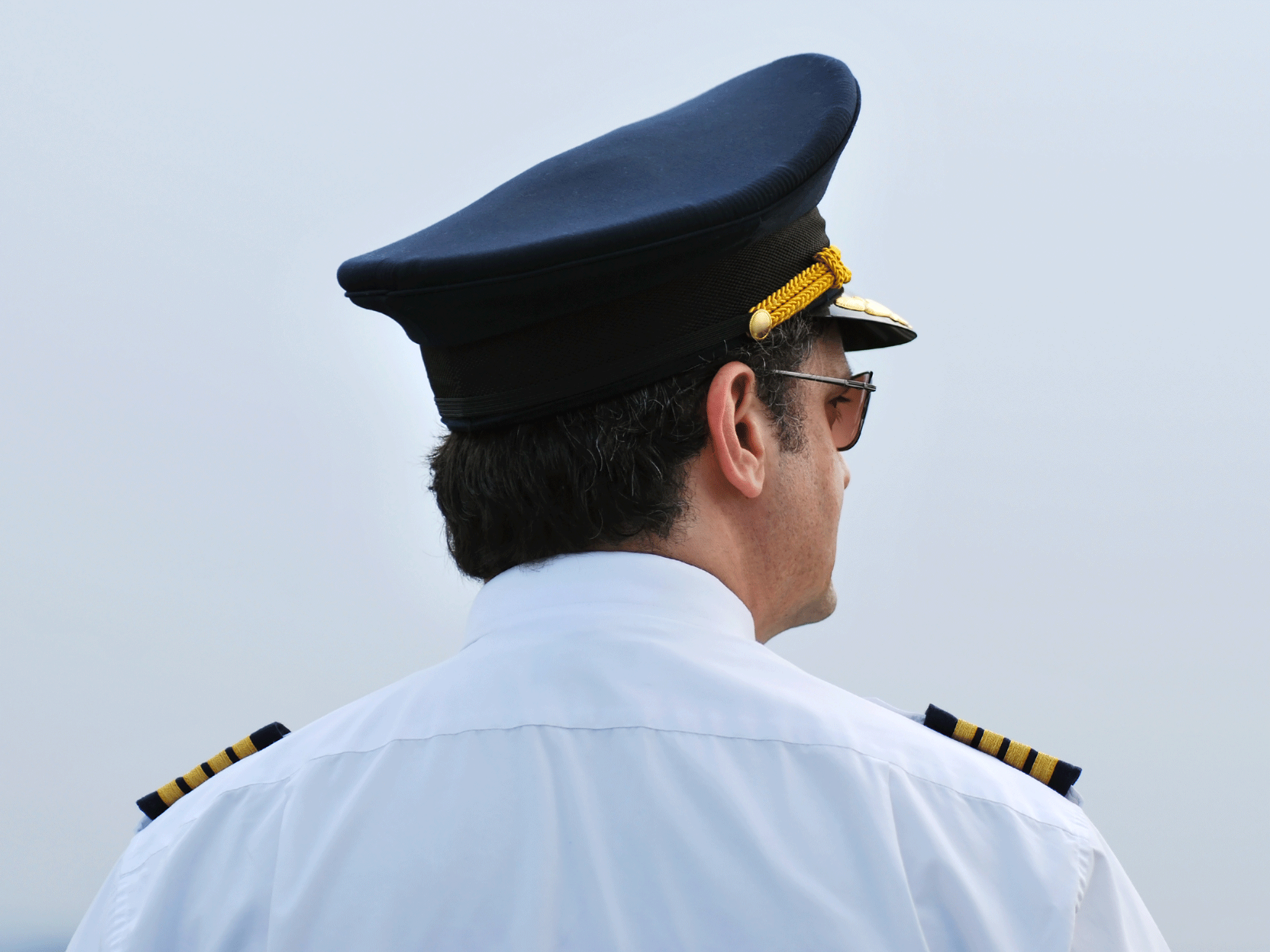Airline pilot reveals what frightens him most about flying and the worst thing passengers can do in an emergency
A pilot has recalled his most hair-raising moments, as well as his biggest pet peeves, after 17 years of flying for commercial airlines

Your support helps us to tell the story
From reproductive rights to climate change to Big Tech, The Independent is on the ground when the story is developing. Whether it's investigating the financials of Elon Musk's pro-Trump PAC or producing our latest documentary, 'The A Word', which shines a light on the American women fighting for reproductive rights, we know how important it is to parse out the facts from the messaging.
At such a critical moment in US history, we need reporters on the ground. Your donation allows us to keep sending journalists to speak to both sides of the story.
The Independent is trusted by Americans across the entire political spectrum. And unlike many other quality news outlets, we choose not to lock Americans out of our reporting and analysis with paywalls. We believe quality journalism should be available to everyone, paid for by those who can afford it.
Your support makes all the difference.From nervously eyeing the fuel gauge in an emergency to a crew member breaking his arm during turbulence, a pilot has revealed his scariest moments during a lengthy flying career.
Steve Landells, 50, has been a pilot for over 27 years, including 17 for commercial airlines including British Airways. He now works as a flight safety specialist at the British Airline Pilots Association.
Speaking to The Independent, he explained how fuel management is one of the biggest challenges that pilots face.
“On one occasion as we approached Heathrow from Cairo in a jumbo jet, the air traffic control computers on the ground failed,” he said.
“All of a sudden no flights waiting to take off could get airborne, so there wasn’t enough space to land aircraft and planes had to divert to other airports in the UK as well as to Amsterdam. Like a lot of other crews, we were concerned about fuel.
“Officials were telling us to hold on for four hours. So we sent out a safety alert and told them that we didn’t have enough fuel for that.”
Staff on the ground subsequently prioritised his aircraft for landing at Stansted, he said.
When preparing for a flight, pilots will calculate how much fuel they need in case of emergencies, and will always have half-an-hours’ worth of what is known as final reserve fuel. “In my time I never got anywhere close to using the final reserve,” he said.
But a pilot’s biggest enemy, he says, is weather. In a cautionary tale for those who brazenly ignore cabin crew who ask them to fasten their seatbelts, Landells recalls how a colleague broke their arm during a bout of turbulence which “came out the blue” en route to Heathrow from Bogota, the capital of Colombia.
“We’ll look at weather and make a decision based on the forecast, but it’s the one thing we can’t control. Clear air turbulence, which you can’t predict, can be a concern as the first instance you know about it is when you’re in it.”
While he stresses that planes are too strong to be damaged or crash because of turbulence, it can cause injuries.
“The turbulence only lasted five seconds but one crew member wasn’t strapped in and broke his arm. That’s why we say always have your seatbelt done up.”
But he added that while the bright flashes and bangs that occur when lightning hits the aircraft can be frightening, they aren't dangerous.
He also points out that the clunking and whirring noises that aircraft might make towards the end of a journey, often leading passengers to grasp their armrests for dear life, are simply the landing flaps gradually opening.

After decades of flying, Landells adds that he still listens carefully to the flight safety message at the beginning of each journey.
“If something does end up going wrong I don’t want to think about where the nearest door is, I want to know straight away. I also always have a credit card and phone in my pocket so I know if I have to get off quick, I have everything I need to survive for a short period of time.”
His biggest frustration is seeing passengers leaving evacuated planes with their luggage in tow. “It’s really dangerous to get luggage out of bins during evacuation. If you have a problem on take-off and the pilots have made a decision to evacuate, that’s because if you don’t there’s a strong possibility people will not survive.
“You don’t take it lightly. If you get the signal and go into the bin, you are saying your bag is more important than lives of people around you. It really upsets me when people carry bags off evacuated planes.”
As for those on the ground, he wants to see a crackdown on people shining lasers at aircraft, which can temporarily blind pilots, and drones being flown near aircraft.
Join our commenting forum
Join thought-provoking conversations, follow other Independent readers and see their replies
Comments